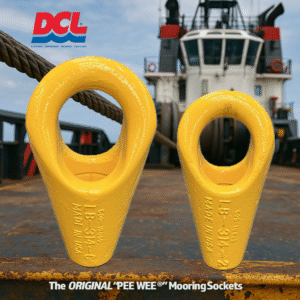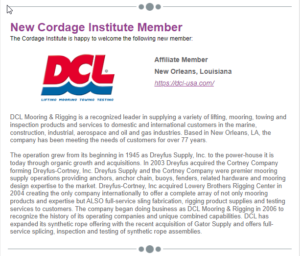Proper Use and Care of Cordage
AVOID OVERLOADING . . . The lower limit of the working load range should be used where life or limb is involved or for exceptional service conditions such as shock loads, sustained loads, etc. You should never exceed the listed working load range except as indicated above. If your rope is old or worn, you should make additional allowances to assure safety.
AVOID ABRASION . . . Out and inner rope fibers contribute equally to the strength of your rope. When worn, your rope is naturally weakened. Where it is necessary for a rope to rub over an object protects with chafing gear, such as canvas wrapped and tied around the rope.
AVOID SUDDEN STRAIN . . . A rope that is strong enough under a steady strain can be broken with a sudden jerk. Care when working with rope is extremely important.
AVOID KINKS . . . When a rope is repeatedly turned or twisted in one direction, it is certain that kinks will develop, unless twists are repeatedly thrown in, or out of the rope. Pulling a kink through a restricted space such as a tackle block will seriously damage the rope fibers.
AVOID SHARP ANGLES . . . Sharp bends greatly affect the strength of a rope. Any sharp angle is a weak spot. Pad is for safety, and even then, Be Careful!



